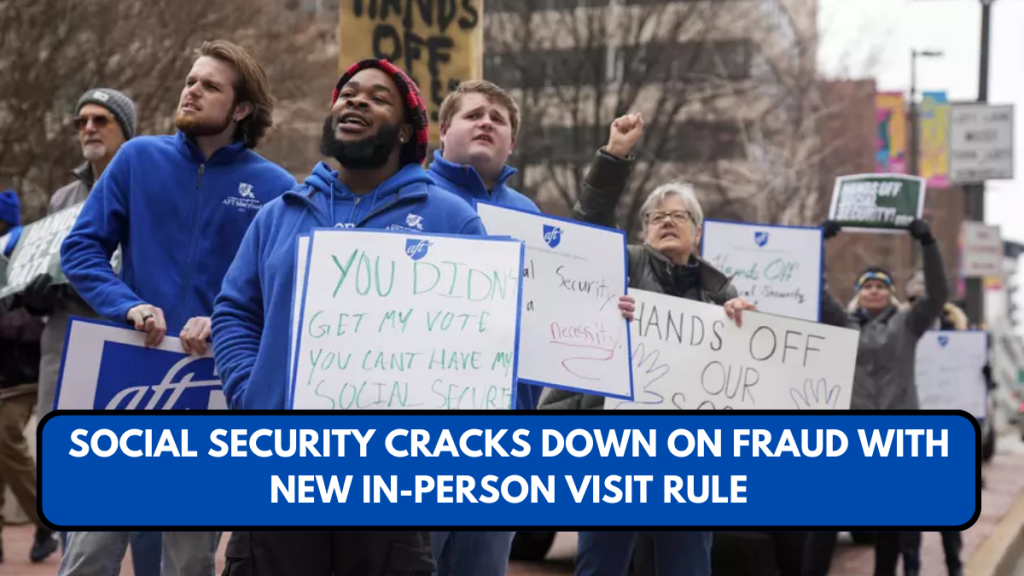
Starting March 31, 2025, the Social Security Administration (SSA) will implement a significant policy change aimed at curbing fraudulent activities by requiring more beneficiaries to verify their identities in person.
The new rule will affect individuals who are unable to confirm their identity using the agency’s online portal, my Social Security. Those impacted will now need to visit a local SSA office to verify their identity, a move that replaces the previous option of completing the process over the phone.
Why the Change?
The SSA says the change is part of a broader effort to improve the security of benefit payments and protect recipients from identity theft. Fraudulent claims and unauthorized changes to direct deposit information have been increasing, prompting the agency to tighten its verification protocols.
“Identity theft and benefit fraud are serious concerns that undermine trust in the Social Security system,” said an SSA spokesperson. “This new policy helps ensure that benefits go to the rightful recipients.”
Previously, individuals could update their direct deposit information or verify their identity over the phone. However, the SSA has now removed that option due to increased reports of fraud via telephone channels.
Who Will Be Affected?

The new rule affects two primary groups:
- New applicants who are unable to verify their identity through the online portal.
- Existing beneficiaries seeking to make changes to their direct deposit information but cannot be verified digitally.
In both cases, individuals will need to schedule an in-person appointment at a local SSA office, which can be done via the SSA Field Office Locator.
Criticism from Advocacy Groups
While the SSA asserts that the change will improve fraud prevention, several advocacy organizations have expressed concern over the potential impact on vulnerable populations. Groups like AARP and Social Security Works argue that the new requirement could impose significant barriers for seniors, people with disabilities, and those in rural areas with limited access to transportation or internet services.
“We understand the need for security, but this approach may unintentionally penalize those who are least able to adapt to such changes,” said an AARP representative. “Many of our members rely on telephone access and have difficulty navigating the online portal.”
SSA’s Response to Concerns
Acknowledging these challenges, the SSA has emphasized the importance of scheduling appointments in advance to reduce wait times at offices. The agency has also committed to expediting the processing of direct deposit change requests. According to the SSA, updates that previously took up to 30 days will now be completed within one business day once identity is verified.
Additionally, the agency continues to encourage all beneficiaries to create and use a my Social Security account, which allows users to manage their benefits, update personal information, and track payments online.
How to Prepare?

If you’re a Social Security beneficiary or planning to apply, here are a few steps you can take to avoid disruption:
- Set up a my Social Security account: This is the quickest and easiest way to manage your benefits securely.
- Keep your personal information updated: Ensure your contact and banking details are current to avoid potential fraud triggers.
- Schedule appointments early: If you believe you’ll need an in-person visit, use the SSA appointment scheduler to avoid delays.
For more information on how to protect your identity and your benefits, the SSA offers tips and resources at ssa.gov/fraud.
Looking Ahead
This move is part of a broader federal initiative to tighten security protocols across government benefit programs. With the SSA disbursing payments to more than 70 million Americans, officials believe these changes are critical to safeguarding the integrity of the system.
However, the success of the policy will likely depend on how well the agency balances the need for security with accessibility for all beneficiaries.



